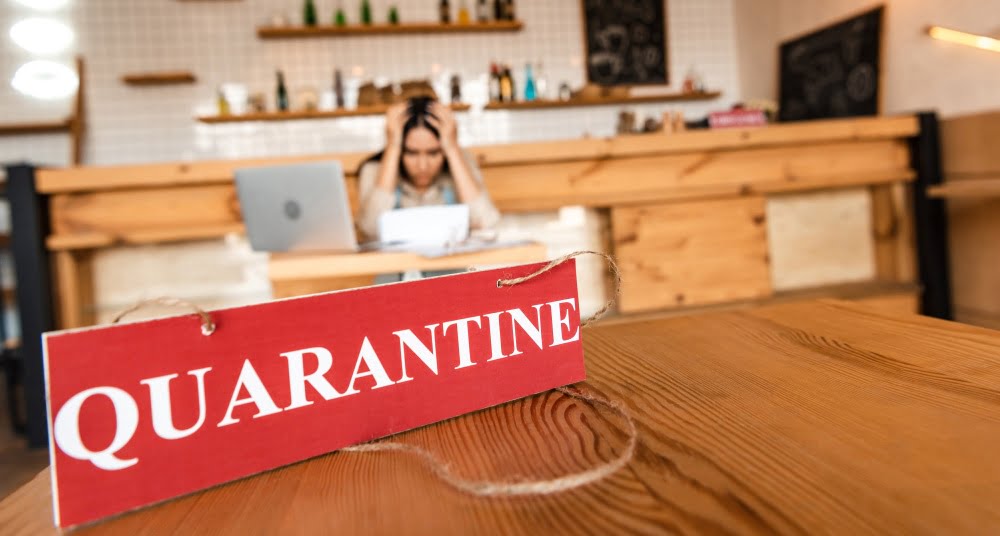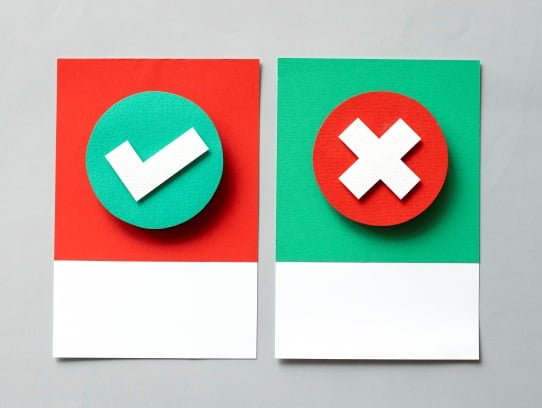COVID-19: self-quarantine versus isolation

What is the difference between self-quarantine and isolation? According to the Government Gazette 44700, dated 11 June 2021, the definitions are as follows:
ISOLATION – REGULATION 6(4)
Isolation takes place when an employee develops COVID-19 symptoms or positively diagnoses for COVID-19. Isolation is mandatory to avoid spreading the virus to other employees. Isolation can take place at home, in an approved isolation facility or even in a hospital if the employee has serious symptoms and need medical assistance. If the employee is hospitalised, the isolation period of 10 days may be longer until the employee achieves clinical stability according to a medical practitioner.
UPCOMING LABOUR INSPECTION?
LET LWO ASSIST YOU!
SELF-QUARANTINE – REGULATION 6(5)
An assessment must be done regarding a “low risk” or “high risk” exposure as soon as an employee was in contact with another person who has been diagnosed with COVID-19.
- “Low risk” exposure – Regulation 6(6): the assessment must be done in terms of the workplace’s risk assessment plan. Once low risk exposure is determined, the employer can allow the employee to continue working. Wearing a face mask is mandatory and the employee must be monitored for 10 days for symptom development.
- “High risk” exposure – Regulation 6(7): self-quarantine for 10 days take place when an employee has had high risk exposure to COVID-19. High risk exposure means that an employee had direct, close contact (less than one meter), for longer than 15 minutes with someone that tested positive for COVID-19, did not wear a protective face mask, or had physical contact. The employee must self-monitor for symptoms.
Is the mandatory self-quarantine and isolation period 14 or 10 days?
The period was reduced in July 2020 from 14 days to 10 days.

Sick leave for self-quarantine and isolation? Regulation 6(3)(iii)
In terms of section 22 of the Basic Conditions of Employment Act, the period for self-quarantine and isolation will be sick leave.
It is not necessary to test for COVID-19 during the period of self-quarantine, UNLESS the employee develops symptoms. Once the employee develops symptoms during this period, the employee must isolate for 10 days from the day the employee’s symptoms started.
IS YOUR BUSINESS LABOUR-COMPLIANT?
FIND OUT NOW.
Stay ahead with our comprehensive compliance questionnaire. We’ll help pinpoint any gaps, ensuring you operate within legal guidelines.